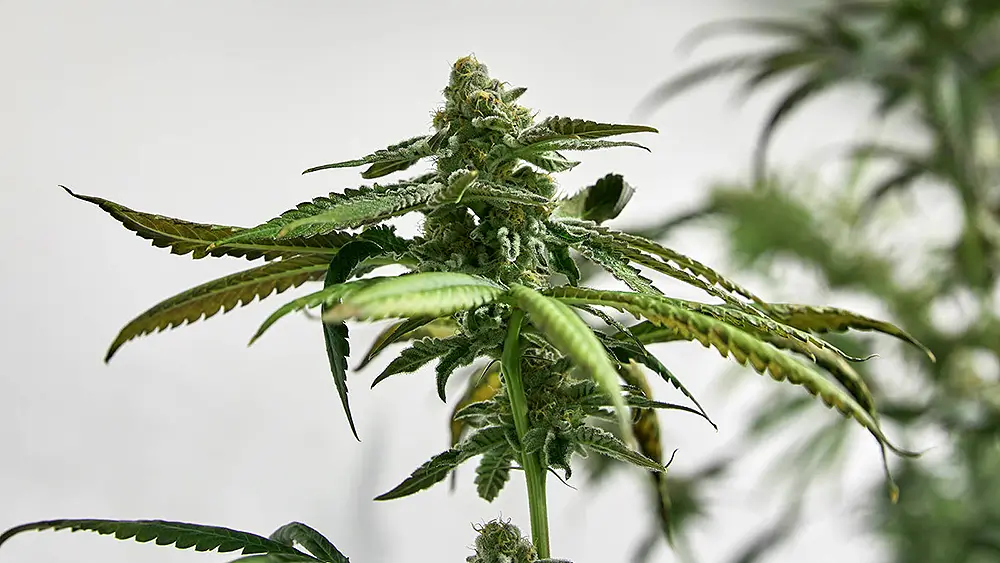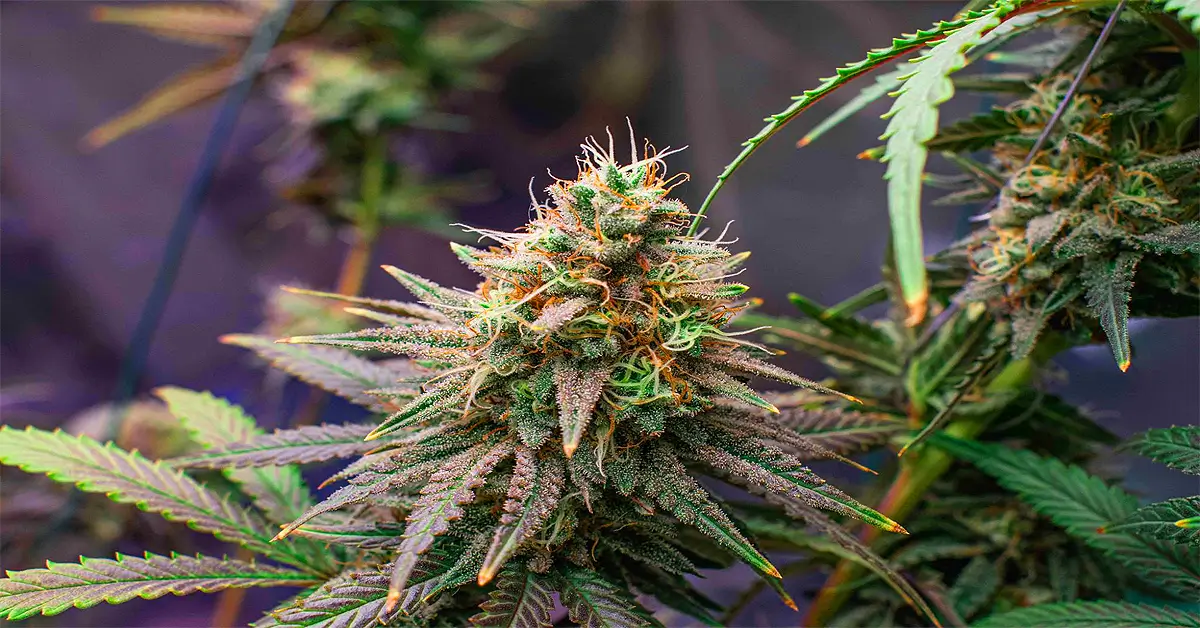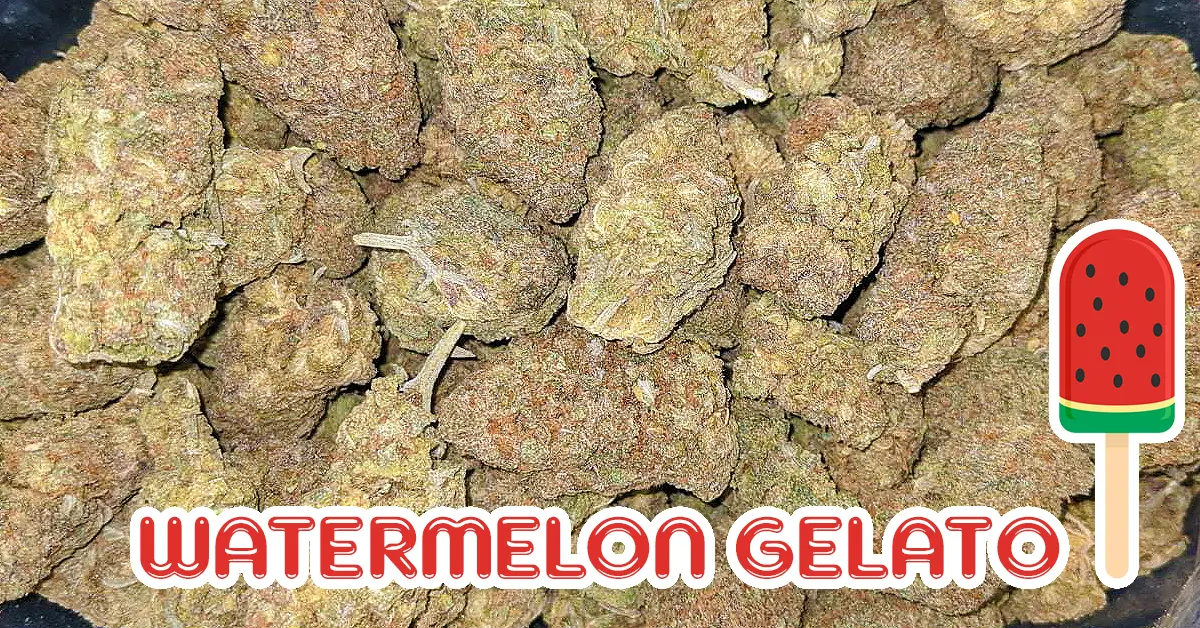9 Cultivation Tips For The Cannabis Flowering Stage
After the propagation and vegetation stages, cannabis cultivation enters the flowering stage, where growers can witness the literal fruition of their efforts.
During this crucial phase, cultivators must remain attentive and meticulous as they guide their plants towards maturity. It is essential to keep detailed records of their progress and collaborate with laboratories to analyze cannabinoid and terpene profiles. Each cultivar and concentrate demands specific considerations and cultivation techniques, so it is important to keep the desired end goal in mind and adapt accordingly.
1. Prune lower material and branches, as well as fan leaves and large leaves.
As mentioned in the previous stages of propagation and vegetation, it is important to remove lower vegetation that will not receive direct light, whether from artificial sources or natural sunlight. This pruning process can be carried out during weeks one to two of the flowering stage.
2. Select only the finest plants.
If you propagate more plants than necessary and focus on nurturing the best tissue cultures, clones, or seedlings during the vegetation stage, you will have the opportunity to choose the highest quality plants to transfer to the flowering stage. Although it may require additional space and incur extra cultivation costs for plants that may not be utilized in the end, the investment of labor, time, and expenses is worthwhile to cultivate the best possible plants. Growers who follow this practice unanimously agree that having a wider selection of choices yields better results.
3. Implement preventive product application.
During weeks one and two of the flowering stage, it is advisable to proactively apply beneficial preventive measures such as fungicides, Bacillus thuringiensis (BT), neem oil, or other suitable products. These can help prevent the development of issues like budworms, powdery mildew, grey mold, and other common problems. It is crucial to carefully follow the recommendations provided by the product manufacturers and ensure compliance with state and local laws and regulations regarding approved products and their usage.
4. Provide early bracing or support for plants.
To minimize the risk of root damage, it is recommended to stake or support the plants before their roots spread extensively. By employing methods like netting, stakes, or other suitable techniques, it is best to establish the supports prior to the flowering stage. This proactive approach ensures that the plants receive the necessary stability and support as they grow and develop.

5. Ensure adequate airflow between plants.
It is crucial to maintain proper spacing between plants to allow for optimal airflow. Sufficient space between plants helps prevent the formation of hot spots caused by lights and reduces the risk of powdery mildew. Adequate airflow also facilitates the distribution of carbon dioxide and oxygen. Consider using circulation fans to ensure proper air movement between plants, both during the light cycle and at night, to prevent excessive humidity levels.
6. Optimize the light spectrum.
During the flowering stage, it is important to provide the appropriate light spectrum for optimal plant development. Generally, this involves an increased level of red spectrum and a reduced level of blue spectrum compared to the vegetative stage. Utilize lighting systems that allow for fine-tuning of these spectrums to meet the specific requirements of your chosen cultivar. Experimentation may be necessary to determine the ideal light parameters that promote healthy growth and flower development.
7. Conduct regular laboratory analysis and keep records.
Whenever possible, send samples to a laboratory for analysis, especially when dealing with new cultivars or when aiming to fine-tune cultivation practices or determine cannabinoid and terpene levels. Maintain detailed records throughout the flowering cycle, documenting all aspects of plant development until harvest. Track important information such as the completion of growth, THC levels at harvest, and the weight of finished products compared to waste biomass.
8. Select appropriate genetics.
Choose cultivars that have market demand. Conduct market research to understand which products are in high demand and how they fit into your target market. Familiarize yourself with different market segments, such as affordable, craft, and staple cultivars, as well as popular flavors. Avoid investing significant time and resources into cultivars that have little market interest or are short-lived trends.
9. Adapt processes based on cultivation goals.
Consider the specific goals of your cultivation, such as producing visually appealing buds, extracting cannabinoids and terpenes, or targeting specific cannabinoid profiles. If extraction is the ultimate goal, bag appeal may be less important, and you may prioritize cultivars that yield higher concentrations of target cannabinoids, even if the buds are slightly less dense. Adjust harvest times based on the desired outcome, such as harvesting slightly earlier for lighter-colored extracts. Define your cultivation goals and align your growing techniques accordingly to meet market demands and optimize results.




